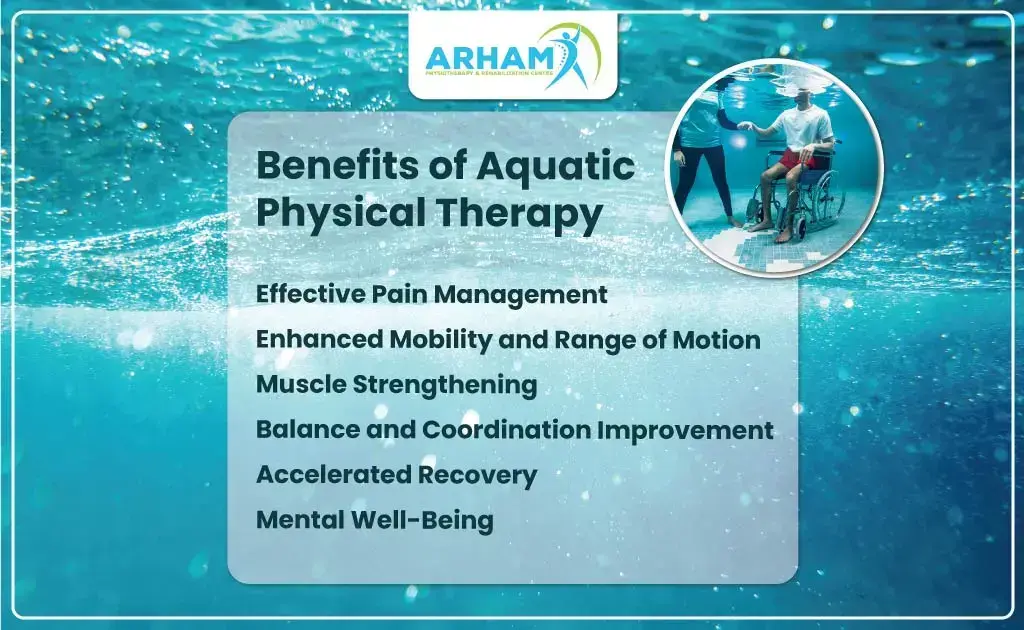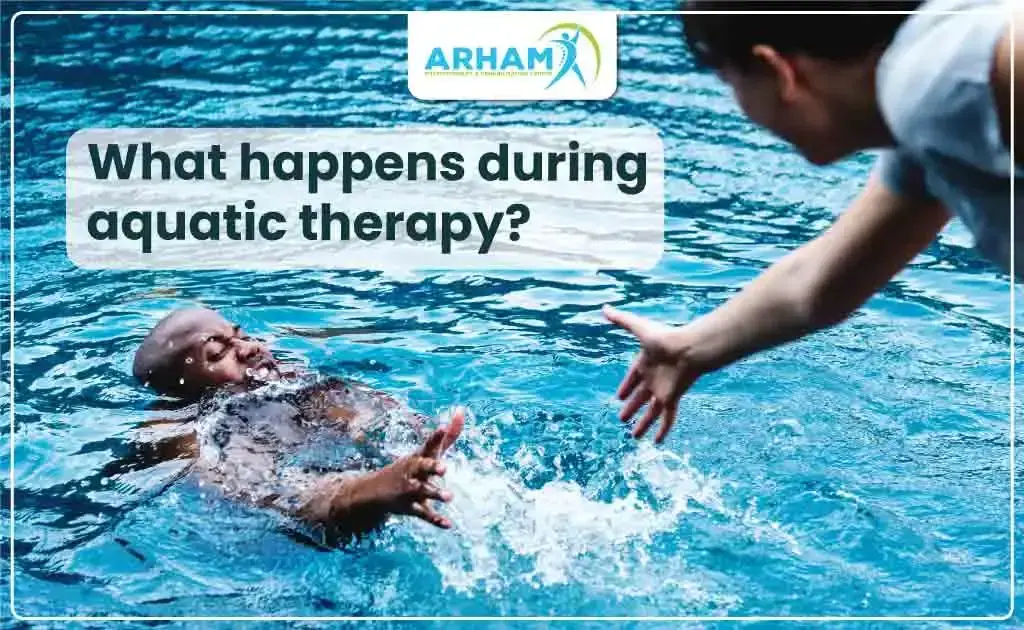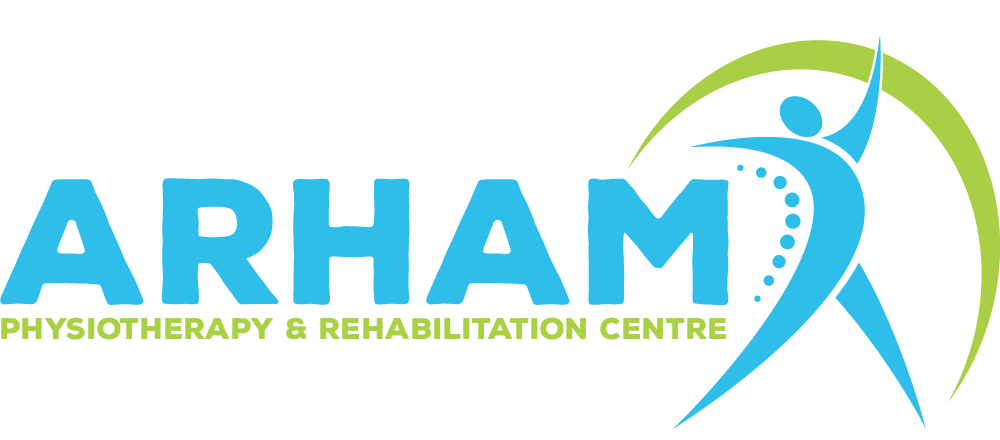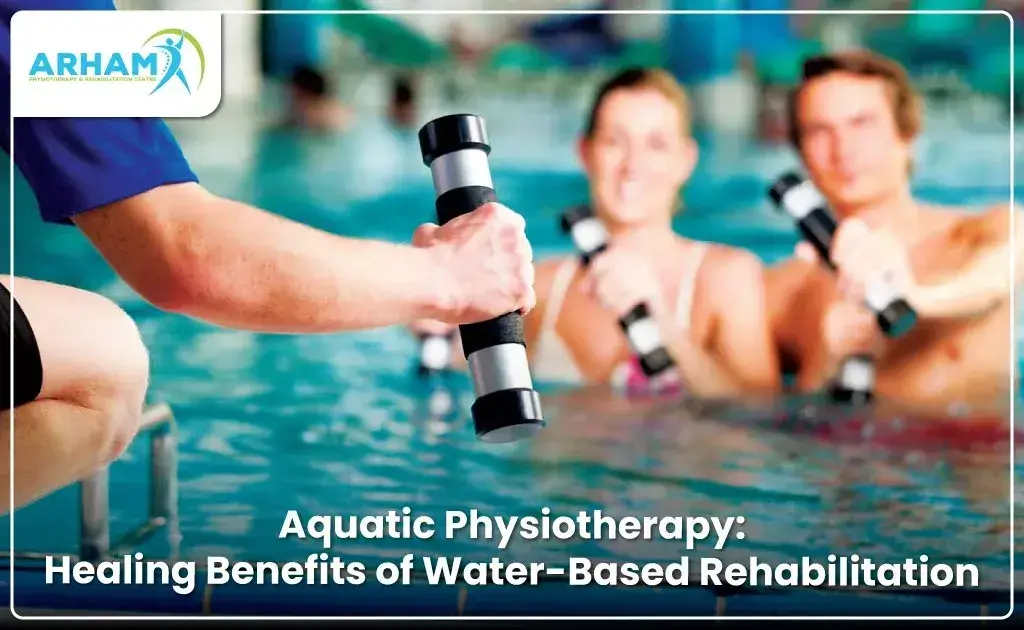Aquatic Physiotherapy: Healing Benefits of Water-Based Rehabilitation
Dive into a world where water becomes more than just a source of refreshment; it becomes a powerful medium for healing and rehabilitation. Welcome to the fascinating realm of Aquatic Physiotherapy, a cutting-edge approach to wellness that harnesses the unique properties of water to promote recovery, relieve pain, and improve overall physical well-being. In this blog, we’ll plunge beneath the surface to explore the science, benefits, and techniques behind aquatic physiotherapy. Whether you’re an athlete recovering from an injury, an individual with chronic pain, or simply curious about innovative healthcare options, join us as we navigate the depths of this transformative therapy.
What is Aquatic Physiotherapy?
Aquatic physiotherapy, also known as water physiotherapy or hydrotherapy, is a therapeutic approach that utilizes water’s buoyancy and resistance to aid in rehabilitation, pain management, and overall physical well-being.
This holistic therapy has gained significant popularity in recent years, offering a refreshing and effective alternative to traditional land-based physiotherapy.
In this comprehensive guide, we’ll delve into the depths of aquatic physiotherapy, exploring its principles, benefits, techniques, and its relevance in the Indian context.
Aquatic physiotherapy, often referred to as hydrotherapy or water physiotherapy operates on a foundation of exploiting water’s unique properties to augment the healing process. Let’s dive deeper into these fundamental principles to comprehend how aquatic physiotherapy effectively aids in rehabilitation and pain management:
Buoyancy
Water’s buoyancy is a cornerstone of aquatic physiotherapy’s effectiveness. When immersed in water, individuals experience reduced gravitational forces acting on their bodies. This buoyant force supports them, enabling movements with significantly reduced weight-bearing on joints and muscles. This property is a game-changer, particularly for those grappling with conditions such as arthritis, joint pain, or during post-surgery recovery.
Imagine the relief of being able to exercise and perform therapeutic movements with less strain and discomfort on your body. The buoyancy of water makes this a reality, facilitating pain-free mobility and recovery.
Resistance
Water offers a natural form of resistance, a property that aquatic physiotherapy capitalizes on. When patients engage in exercises within the aquatic environment, they encounter resistance at every movement. This resistance varies with the intensity and speed of movement, making it an adaptable tool for physiotherapists.
By working against water resistance, individuals can effectively build muscle strength, enhance balance, and increase flexibility. The controlled resistance serves as an excellent medium for rehabilitation, helping patients regain strength and function in a gentle yet effective manner.
Hydrostatic Pressure
Another crucial aspect of aquatic physiotherapy is hydrostatic pressure, the pressure exerted by the water surrounding the body. This pressure has several therapeutic benefits:
- Swelling Reduction: Hydrostatic pressure assists in reducing swelling, making it particularly valuable for individuals suffering from edema or post-injury inflammation. The pressure acts as a natural compress, promoting the reabsorption of excess fluids.
- Enhanced Blood Circulation: Hydrostatic pressure encourages improved blood circulation. It aids in the efficient transportation of oxygen and nutrients to cells, facilitating tissue repair and reducing discomfort.
The combined effects of buoyancy, resistance, and hydrostatic pressure create a nurturing aquatic environment that accelerates the healing process.
Temperature Control
Temperature plays a pivotal role in aquatic physiotherapy. The water temperature can be controlled and adjusted to therapeutic levels. This feature serves multiple purposes:
- Muscle Relaxation: Warm water promotes muscle relaxation, alleviating tension and discomfort. It’s an ideal environment for those with muscle spasms or chronic muscle pain.
- Pain Management: The soothing warmth of the water helps in easing pain, making it a favored choice for individuals dealing with conditions like chronic pain, fibromyalgia, or post-operative discomfort.
Aquatic physiotherapy utilizes these core principles of buoyancy, resistance, hydrostatic pressure, and temperature control to create a healing environment that is both gentle and effective.
This holistic approach empowers individuals, including those in India, to embark on a journey toward rehabilitation, pain management, and improved overall physical well-being through the therapeutic powers of water.
Benefits of Aquatic Physical Therapy

Aquatic Physical Therapy, often referred to as water therapy or hydrotherapy is a burgeoning field in the realm of rehabilitative healthcare.
It offers a treasure trove of advantages that extend far beyond the soothing embrace of water.
In this comprehensive guide, we’ll delve into the depths of Aquatic Physical Therapy’s benefits, breaking down each facet to provide you with a comprehensive understanding.
By the end of this exploration, you’ll be equipped with the knowledge needed to harness the full potential of this holistic approach to wellness.
Effective Pain Management
Aquatic Physical Therapy has gained acclaim for its remarkable ability to alleviate pain, making it a sanctuary for individuals battling musculoskeletal disorders, chronic pain conditions, and post-surgery discomfort. Here’s how it works:
Buoyancy Relief: Water’s buoyancy counters the effects of gravity, rendering movements virtually weightless. This minimizes stress on joints and muscles, resulting in pain reduction.
Temperature Magic: The option to control water temperature allows therapists to customize treatments. Warm water relaxes muscles, reducing pain and tension.
Enhanced Mobility and Range of Motion
One of the primary goals of rehabilitation is to restore mobility and flexibility. Aquatic therapy excels in this domain by:
- Buoyant Resistance: Water’s natural resistance serves as a gentle but effective tool to enhance muscle strength, balance, and flexibility. The resistance varies with movement speed, making it adaptable for all fitness levels.
- Reduced Load on Joints: Buoyancy reduces the load on joints, enabling pain-free and fluid movements. This is especially beneficial for those with arthritis, joint injuries, or mobility issues.
Muscle Strengthening
Aquatic Physical Therapy is an exceptional ally for those seeking to build and tone muscles. The resistance provided by water engages muscles throughout the body, aiding in:
- Comprehensive Strength: The 360-degree resistance of water ensures that muscles are worked uniformly, resulting in balanced strength development.
- Low-Impact Conditioning: It allows for vigorous workouts with minimal impact on joints, preventing injuries commonly associated with land-based exercises.
Balance and Coordination Improvement
The buoyant, yet challenging, aquatic environment creates an ideal platform for enhancing balance and coordination:
- Natural Instability: Water’s fluidity challenges the body to maintain balance, enhancing proprioception and coordination skills.
- Fall Prevention: For seniors and those at risk of falls, aquatic therapy is a valuable tool for building stability and preventing accidents.
Accelerated Recovery
Aquatic therapy often leads to faster recovery compared to traditional land-based methods. Here’s why:
- Optimal Environment: The aquatic setting offers a conducive environment for rehabilitation, allowing individuals to perform exercises they might find challenging on land.
- Reduced Swelling: Hydrostatic pressure aids in reducing swelling, expediting the healing process.
Mental Well-Being
Don’t underestimate the psychological benefits of aquatic therapy:
- Stress Reduction: The soothing nature of water, combined with exercise, promotes relaxation and reduces stress levels.
- Improved Mood: Regular aquatic therapy can release endorphins, improving overall mood and mental well-being.
Conclusion
In India, where holistic wellness is deeply ingrained in the culture, Aquatic Physical Therapy is gaining recognition as a holistic approach to healing.
Its accessibility is on the rise, with numerous clinics and rehabilitation centers offering specialized programs.
Whether you’re seeking pain relief, enhanced mobility, or an effective recovery solution, Aquatic Physical Therapy provides a holistic path to wellness that’s gentle yet powerful, all within the embrace of water’s therapeutic properties.
Dive into the world of aquatic therapy, and let the water be your guide to a healthier, happier life.
FAQs
What happens during aquatic therapy?

By harnessing the synergy of resistance and buoyancy in the aquatic environment, individuals can fortify muscle groups while minimizing the strain on their joints, an experience unattainable on solid ground. Aquatic therapy further leverages hydrostatic pressure to reduce swelling and enhance the body’s proprioceptive awareness of joint positioning.
Who should not do aquatic therapy?
However, it’s important to note that aquatic therapy may not be suitable for everyone. Individuals with open wounds, specific skin conditions, certain cardiac issues, and those experiencing incontinence may not be candidates for this form of therapy.
Does water therapy really work?
Advocates of water therapy contend that it can contribute to the cleansing of the digestive system, enhance gut health, mitigate constipation, and reduce the risk of ailments such as type 2 diabetes, cancer, and high blood pressure. Nevertheless, it is crucial to emphasize that there is currently no substantiated scientific evidence to validate these assertions.
Is water therapy good for knee pain?
Aquatic therapy has proven to be highly effective in addressing a range of conditions, including osteoarthritis-related knee pain, both before and after knee surgical procedures, muscle weakness, and issues related to balance and gait. At Pritchett Physical Therapy, we are proud to provide aquatic therapy services specifically designed to alleviate knee pain at both of our Ahwatukee locations.
Is water therapy good for joints?
Aquatic therapy unfolds its multifaceted benefits in several ways. The gentle embrace of warm water beckons your muscles into a state of relaxation, offering respite to aching joints and creating an ideal environment for exercise. Moreover, the buoyancy of the water serves as a supportive partner, alleviating discomfort and expanding the boundaries of joint mobility, ushering in a sense of freedom and relief.


Hello arhamphysio.com admin, Keep up the great work!